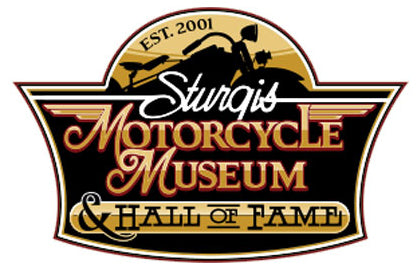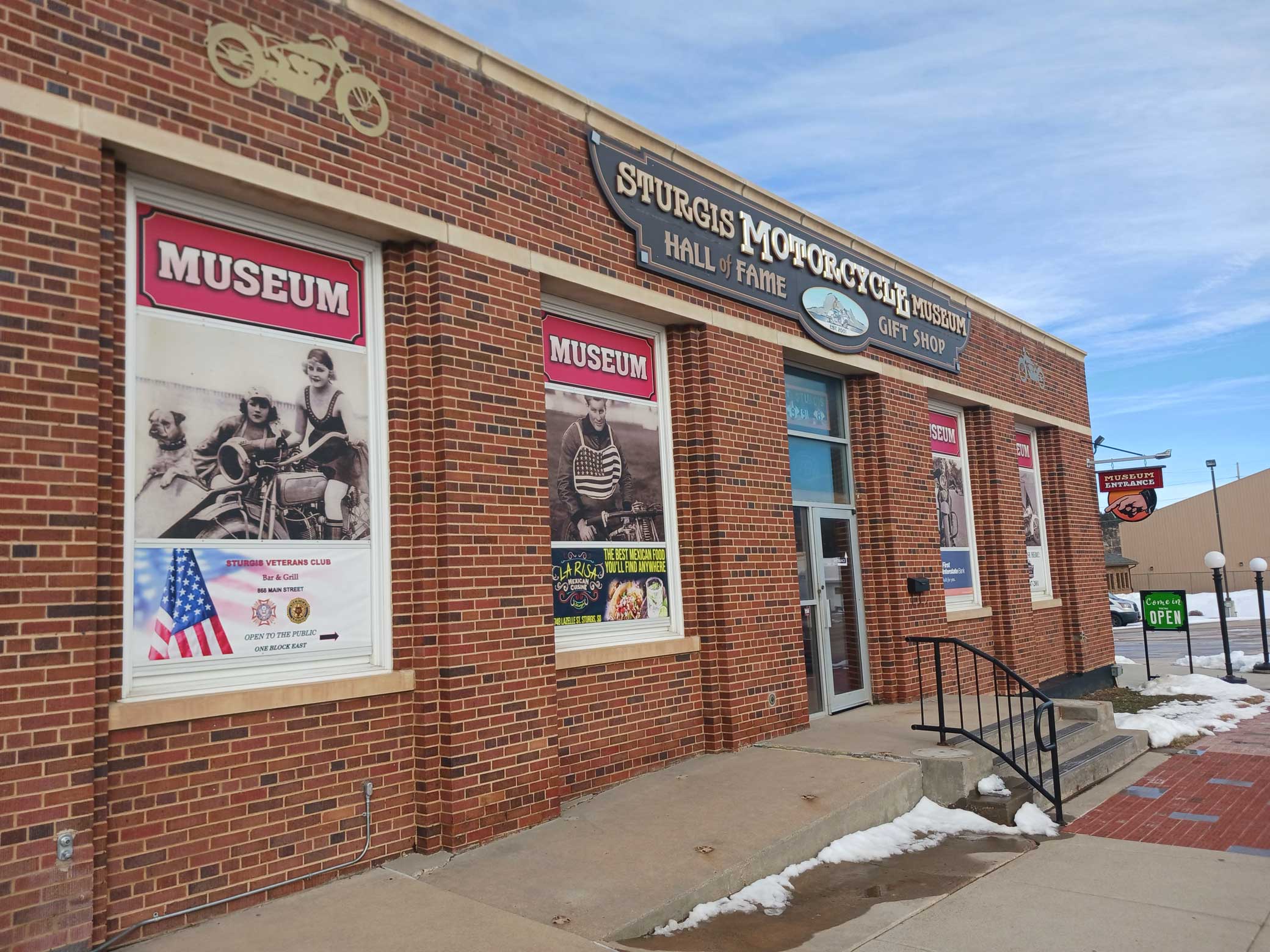The Motocross des Nations is an annual motocross race that is often called "The Olympics of Motocross." The races have been held since 1947. Great Britain, Belgium, and Sweden dominated the racing series in the early days. But, just like the 1980 "Miracle on Ice" shocked the hockey world, the 1981 Des Nations Team USA turned motocross upside down.
The United States had not performed well in the Trophée and Motocross des Nations; in fact, the team had never won and had never come close to winning. With such a record, The AMA had a tough time assembling riders, and the US did not send teams in 1979 and 1980.
With the 1981 race approaching, the AMA attempted to put another team together, but given the lack of support and interest, it seemed that 1981 would follow the same suit, and Team USA's involvement in the Motocross Des Nations would die from disinterest.
Just like in a movie, the plot twisted. There was concern by many in the industry, including Dick Miller, editor of Motocross Action, and 5-time world champion, Roger DeCoster, about America's standing in the International Motocross racing community. Roger was the first to see a solution to the problem. Why not send the entire current Team Honda team instead of not having a field of riders across several manufacturers, as was the norm. Roger convinced his friend and colleague, Honda Race Team Manager Dave Arnold, of the idea, and together they began putting the wheels in motion.
Dick Miller started a grassroots campaign to gain support for the team through his Motocross Action Magazine. Financial support was garnered from corporate sponsors through donated ads, as well as Bell-Ray, then a large oil sponsor within the industry. Even with the help of the outside fundraising and sponsorship, the cost to Honda was substantial and not budgeted, and it did come into question. But the Team was committed and on its way to Europe.
In 1981, Team Honda consisted of 4 very talented riders at different stages of their careers. Danny LaPorte and Chuck Sun were former US Champions, while Donnie Hansen and Johnny O'Mara were promising but still a bit unproven team members. Dave and Roger implemented a new training regimen and focused on Team preparation, unity, and purpose. By the time the team and supporting staff arrived in Belgium, the team had worked together for a year and was a very cohesive group.
In 1981, there were two races, the 250cc in Belgium and the 500cc in Germany. The 250 race was tricky due to the sand. In the first moto, Belgian racer Andre Vromans won, but the Americans swept the next three places: O'Mara, LaPorte, and Sun, in that order. And, when the second moto ended, Vromans won again. LaPorte, O'Mara took second and third, and Sun took sixth. With that, the Americans won the Trophée Des Nations.
Team USA then went to race the second half of the series in Germany, on 500cc bikes. The first moto saw Hansen take second, LaPorte in sixth, O'Mara in 11th, and Sun, who had problems with the chain, 20th. Team USA trailed the English team by one point as they headed into the second moto. They knuckled down and went to work. Unfortunately, Sun exited the race early, due to re-injuring his ankle. The remaining three racers took the race to the English. When the flag dropped, Team USA shocked the racing world. They won.
The team's performance rocketed their racing careers and started the Team USA winning streak at the Trophée Des Nations that lasted until 1994. Team Honda also dominated racing and earned countless championships with the duo DeCoster and Arnold.


